|
Ocean Chemistry By now, we are familiar with the concept of global climate change due to humans burning excessive amounts of fossil fuels that release carbon dioxide and other greenhouse gases. However, not all carbon dioxide ends up in our atmosphere. Approximately 1/3 of that carbon dioxide ends up getting absorbed by the ocean, where it is causing ocean acidification. This issue, which you may not have heard much about, is a serious threat to shell-forming plankton, corals and other organisms. So, how are the oceans becoming more acidic? What are the potential effects of ocean acidification? 8th graders students have been investigating these questions during an applied chemistry unit.
Modeling Ocean Acidification So students could explore ocean acidification first hand, I borrowed a kit from the University of Hawaii's Center for Microbial Oceanography: Research and Education (C-MORE). The kit had all the materials for an experiment that simulated ocean acidification using active yeast to generate carbon dioxide. Students used Lab Quest handheld computers with probes to measure the carbon dioxide generated by the yeast and the effect of this carbon dioxide on the pH of water. Yeast, a living fungus that respires, was placed in a bottle with sugar and water to activate it. The carbon dioxide gas released by the yeast respiration was directed through rubber tubing to two different places: a chamber of air, where carbon dioxide was measured by a special probe and a bottle of water, where the pH was measured by another probe. In the investigation, students observed the carbon dioxide levels dramatically rise as the pH slowly lowered. When they graphed and analyzed their data, students discovered for themselves the relationship between carbon dioxide and pH. Protect Our Coral Reefs
In addition to our hands-on labs, students have also been analyzing atmospheric and ocean data sets that indicate a rise in carbon dioxide that contributes to global warming and ocean acidification. Moreover, we have discussed the real-world impacts of these issues. One of the most devastating predicted consequences of ocean acidification is the degradation of reef-building corals. Here in Hawai'i, we rely on healthy coral reefs for the diverse array of life they support, as well as their recreational uses, fishing resources, and shoreline protection. Let's work together to combat ocean acidification, another disastrous consequence of climate change. How will YOU make a difference?
Sam
2/11/2015 04:17:09 am
That sounds like a cool lab Ms. V! Hope we can do that next year too!
Kainalu
2/11/2015 04:20:26 am
That sounds super fun hope we can do that sometime soon!
Rina
2/11/2015 04:23:11 am
Cool! I hope we can do this next year! The stuff in the kit looked really interesting. :)
Ely
2/11/2015 07:25:48 am
The lab was pretty fun and I got to learn that yeast was a fungus which is made to use bread!
Isabelle
2/11/2015 07:28:20 am
This was such a cool lab Ms. V! It was really interesting to see the yeast rise and it smelt like bread.
Sydney
2/11/2015 07:34:36 am
I loved this lab it was really fun and the yeast in the water actually smelt like bread! I never knew that yeast was a fungus like mushrooms.
Akoni
2/11/2015 08:04:11 am
This was awesome! My favorite part was exploring the tide pools. But I still miss Hermy the hermit crab!
Lance T.
2/11/2015 08:07:30 am
That was really fun Ms. V! I enjoyed it very much! Thanks for the sick picture!!!!!
RachelSuh
2/11/2015 08:23:56 am
It sounds cool.I wish I can do it next year:)
abner
2/11/2015 08:31:14 am
I like how this lab represents what is happening to our oceans
M Dawg (Melia)
2/11/2015 04:06:41 pm
This lab was super fun. It was interesting to see how the yeast reacted to the water and how it would rise. It's cool to find out how to things could react and create something completely different from what it started out as. Thanks for this lab!
chloe blondeau
4/11/2017 02:12:18 pm
This looks like so much fun! I can't wait for next year...
K
4/11/2017 02:18:10 pm
Cool.
K
4/11/2017 02:18:45 pm
I cant wait
Alex
4/11/2017 04:20:51 pm
I wish I was there.........................The sharks looked dank 8/28/2018 08:03:11 pm
*An impressive share, I just given this onto a colleague who was doing a little analysis on this. And he in fact bought me breakfast because I found it for him.. smile. So let me reword that: Thnx for the treat! But yeah Thnkx for spending the time to discuss this, I feel strongly about it and love reading more on this topic. If possible, as you become expertise, would you mind updating your blog with more details? It is highly helpful for me. Big thumb up for this blog post! 8/28/2018 08:18:51 pm
An impressive share, I just given this onto a colleague who was doing a little analysis on this. And he in fact bought me breakfast because I found it for him.. smile. So let me reword that: Thnx for the treat! But yeah Thnkx for spending the time to discuss this, I feel strongly about it and love reading more on this topic. If possible, as you become expertise, would you mind updating your blog with more details? It is highly helpful for me. Big thumb up for this blog post! Comments are closed.
|
AuthorThis blog contains occasional dispatches from my science classroom and professional learning experiences. Thank you for reading! Archives
December 2021
|
|
Cristina Veresan
Science Educator |
Proudly powered by Weebly
|
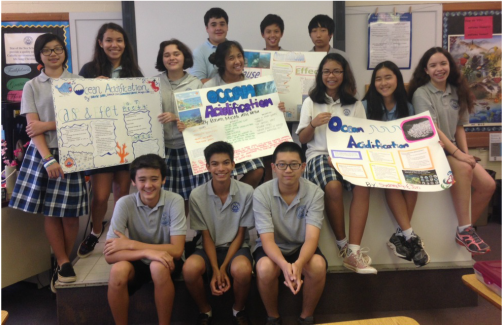
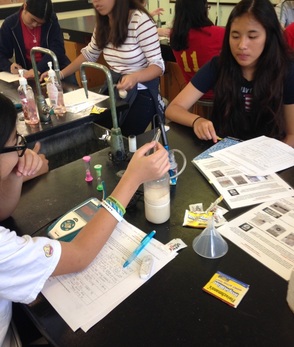
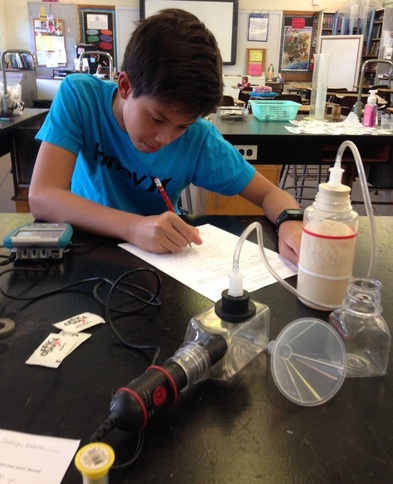
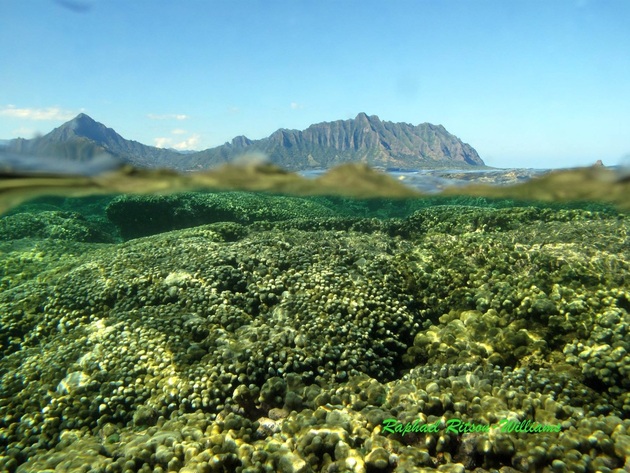
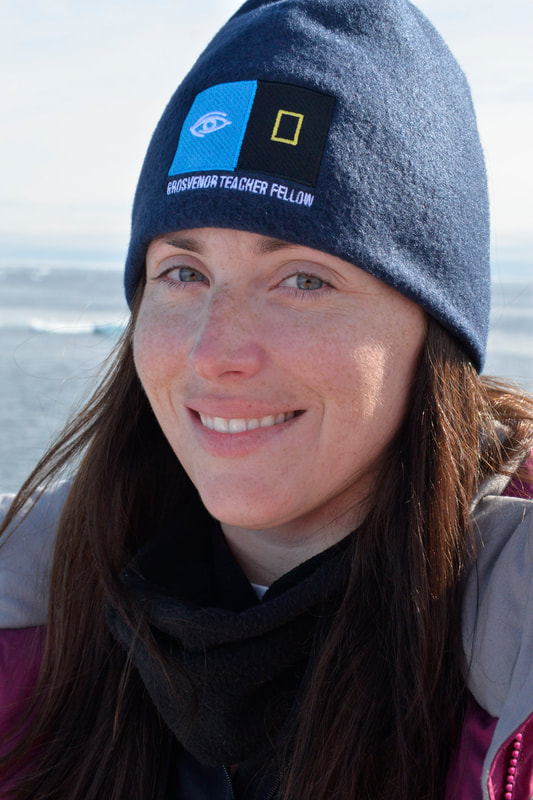
 RSS Feed
RSS Feed